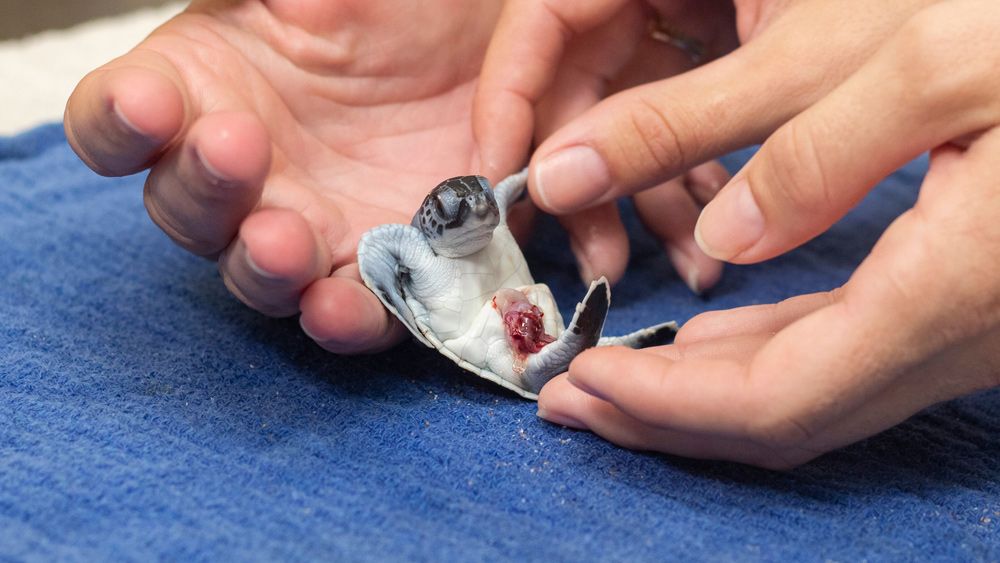MELBOURNE, Fla. — Hurricane Dorian stayed offshore, but its winds and storm surge caused beach erosion along the east coast of Florida, and during sea turtle nesting season too.
- Brevard Zoo caring for 20 green sea turtle hatchlings
- Marine Science Center says its received 35 hatchlings
- If you find a sea turtle or nest that needs help, call FWC
- PREVIOUS STORY: Law Enforcement Officers Rescue Trapped Animals During Storm
Brevard Zoo reports 20 green sea turtle hatchlings were brought to its Sea Turtle Healing Center after Dorian. Beach erosion exposed the premature hatchlings' nest in Melbourne Beach. Zoo officials says some of the hatchlings still had their yolk sacs attached.
The zoo says the turtles got a full exam and cleaning, and will be released back into the wild once they are strong enough.
The Marine Science Center in Ponce Inlet also reported that 35 hatchlings were brought to its sea turtle hospital since the storm. The center is also caring for seven washbacks — sea turtles hatchlings that have already made it out to sea, but are washed back to shore by the storm.
Both groups say they are expecting more washbacks in the next few days.
Five species of sea turtles bury their eggs along Florida's coast, with each nest containing dozens of eggs.
Once hatched, the baby sea turtles then make their way out to ocean on their own. But at any point, the eggs and the hatchlings are in danger of predators, such as birds, raccoons and foxes.
This year the coast has seen record numbers of sea turtle nests.
The UCF Marine Turtle Research Group said its recorded 26,000 sea turtle nests in 2019 along a 13-mile track of the Archie Carr National Wildlife Refuge in Brevard County alone, with several thousand more in other areas. The wildlife refuge runs from Melbourne Beach to Wabasso Beach in Indian River County.
Last month, Canaveral National Seashore reported over 7,600 nests along that beach in 2019.
And Volusia County reported over 922 nests had been laid, breaking a record set in 2012.
If you see a sea turtle nest that has been exposed, or sea turtle hatchlings in trouble, don't touch them. Instead, call one of the following groups:
- Florida Fish and Wildlife Conservation Commission: 1-888-404-FWCC (*FWC on your mobile device)
- Sea Turtle Preservation Society in Brevard County: 321-206-0646



